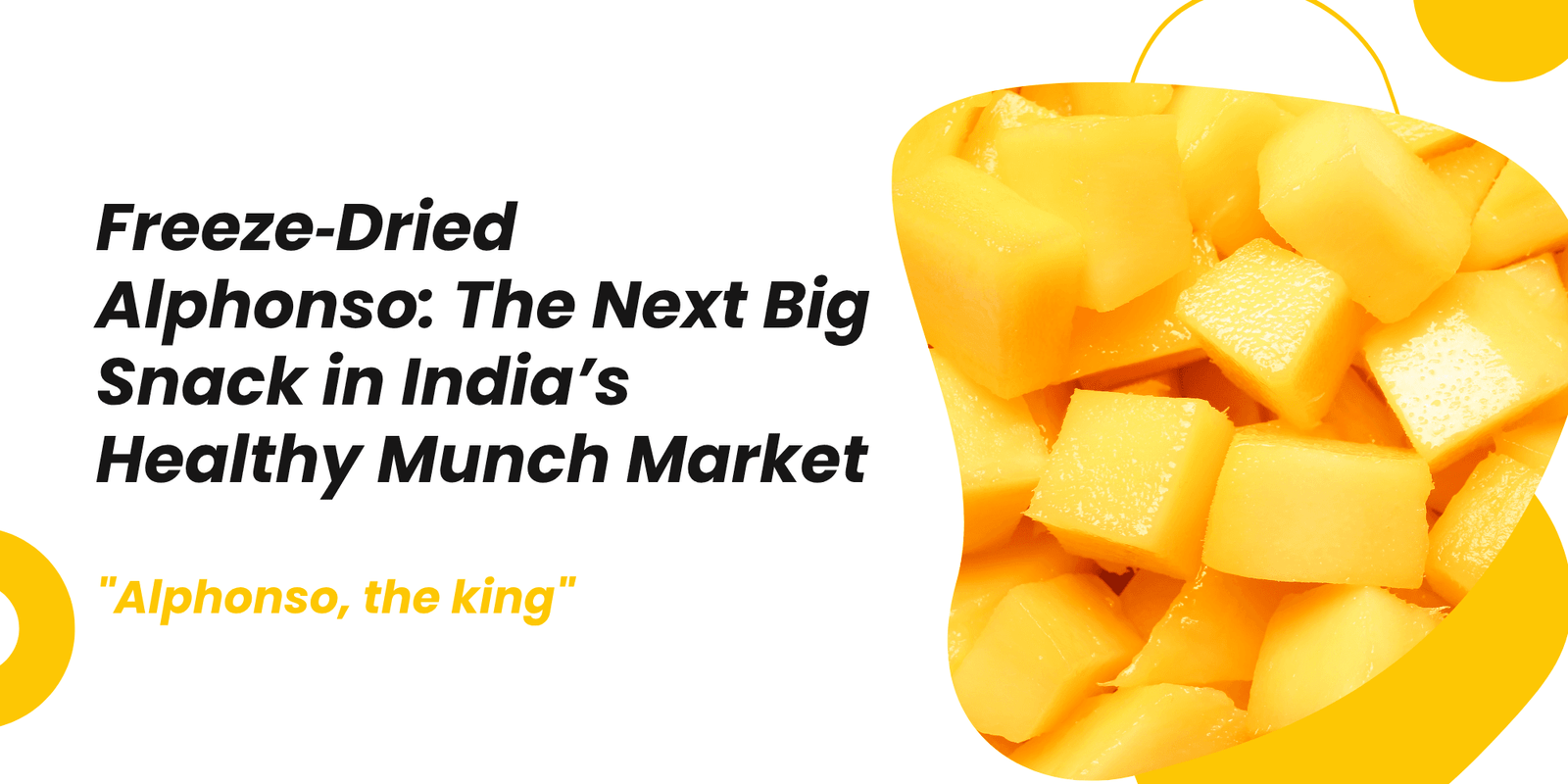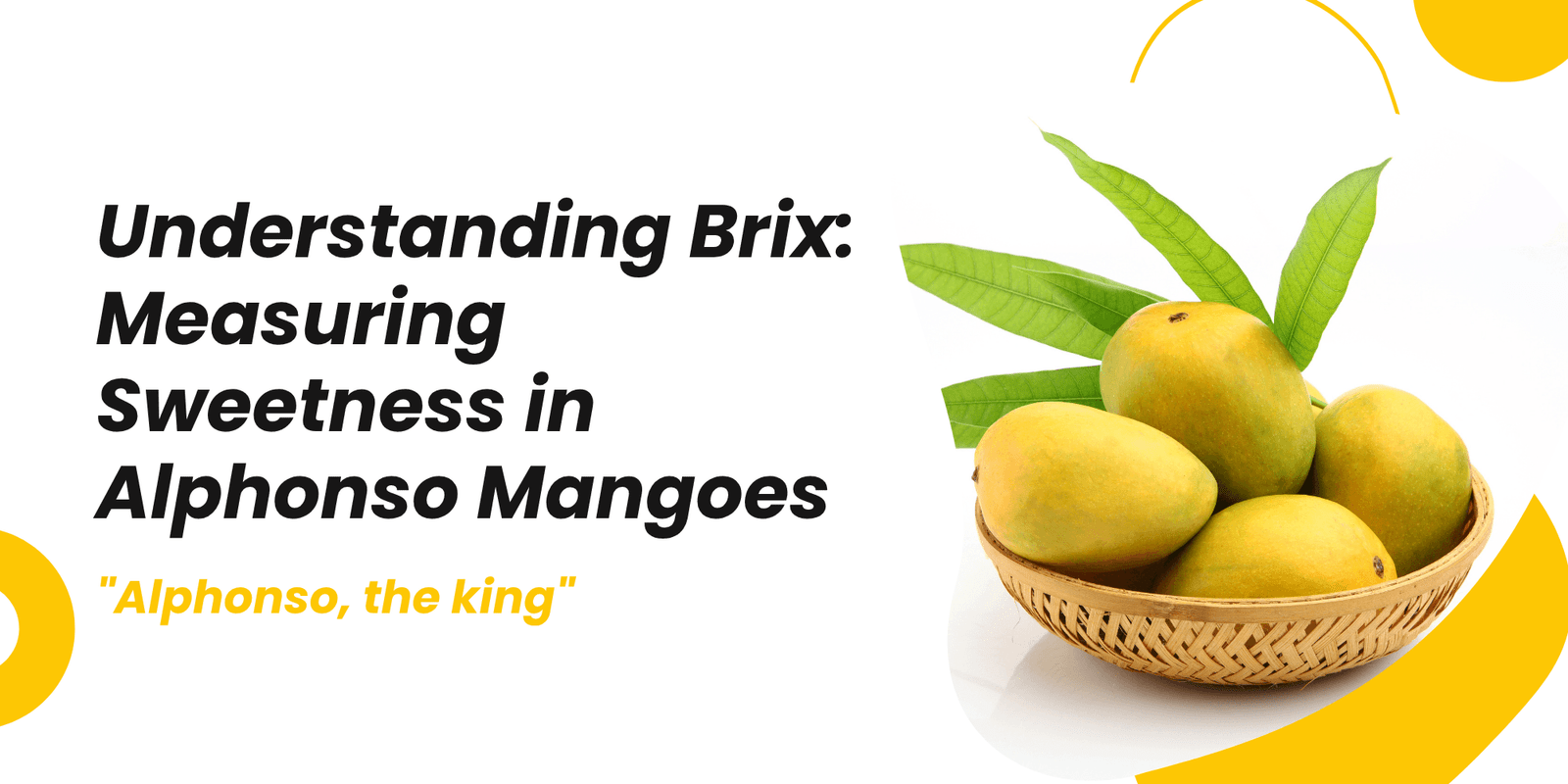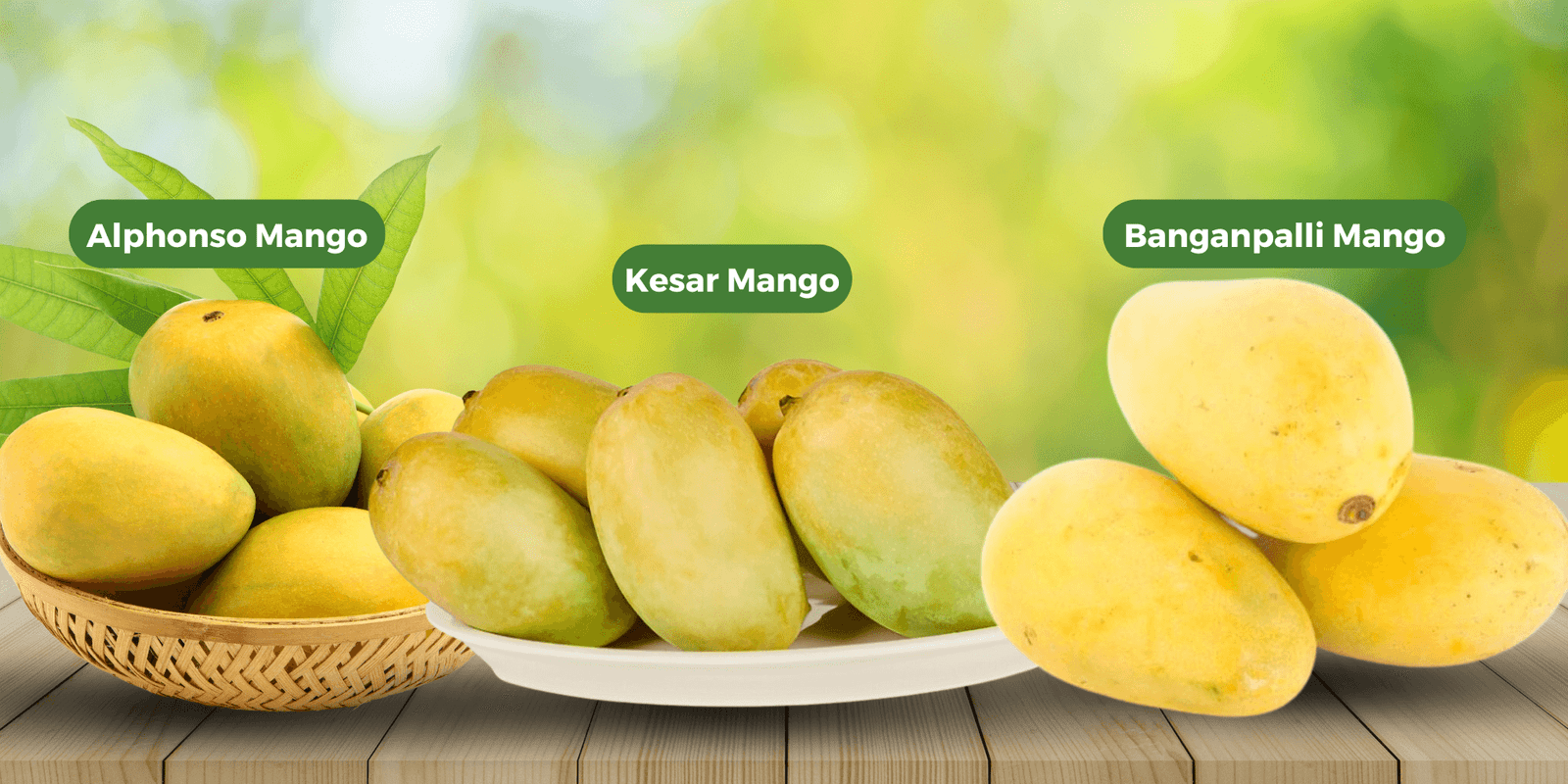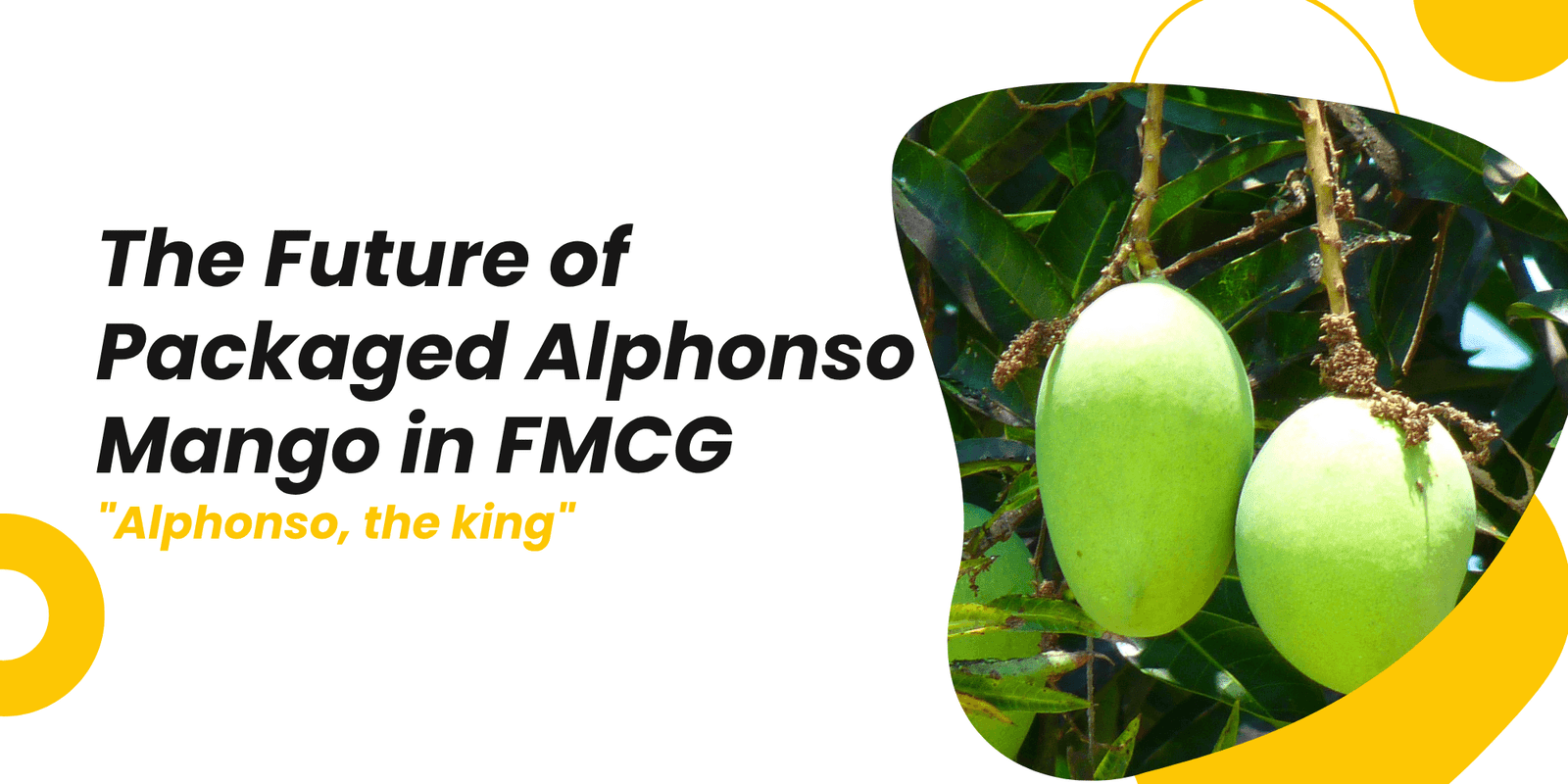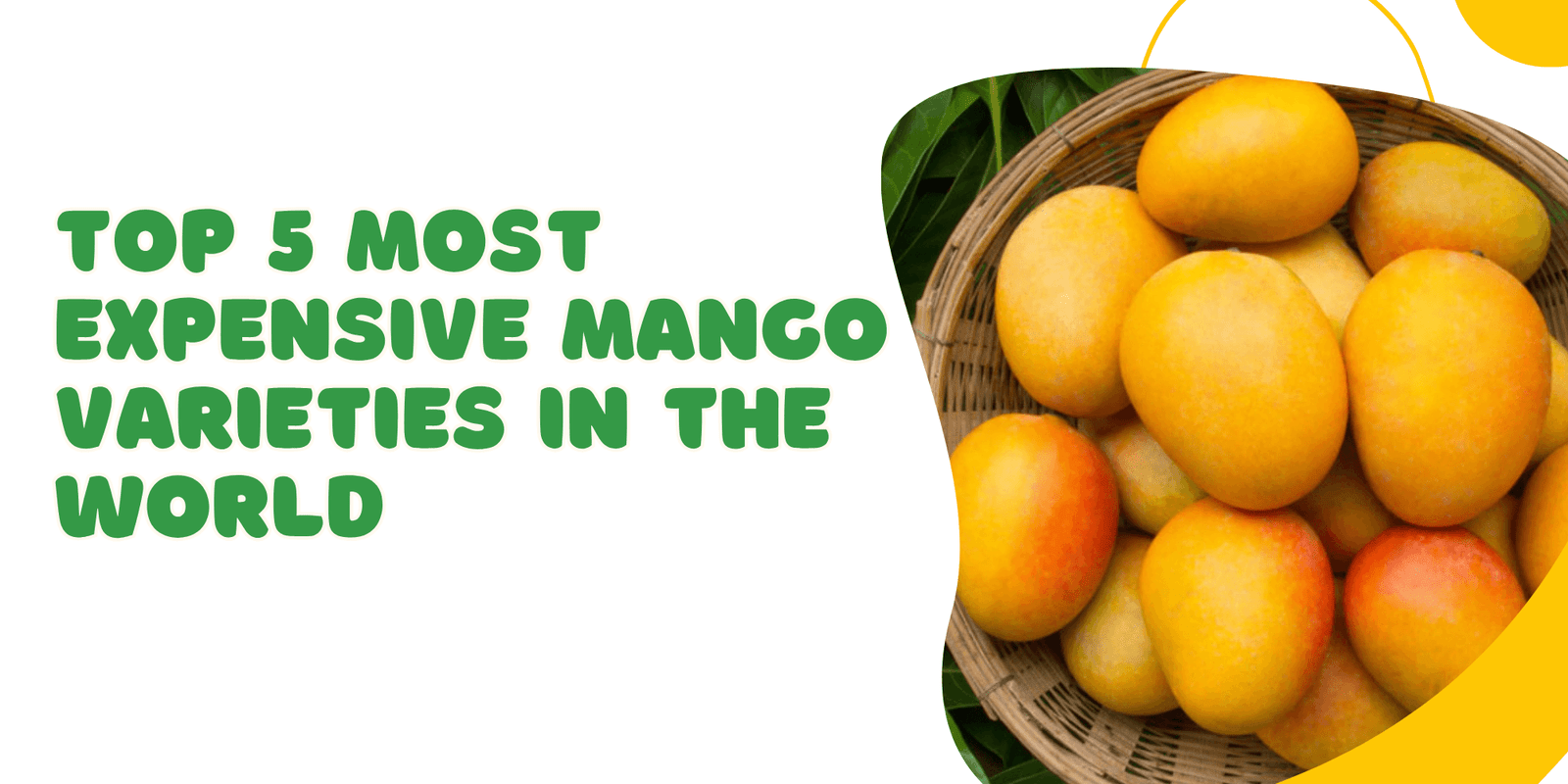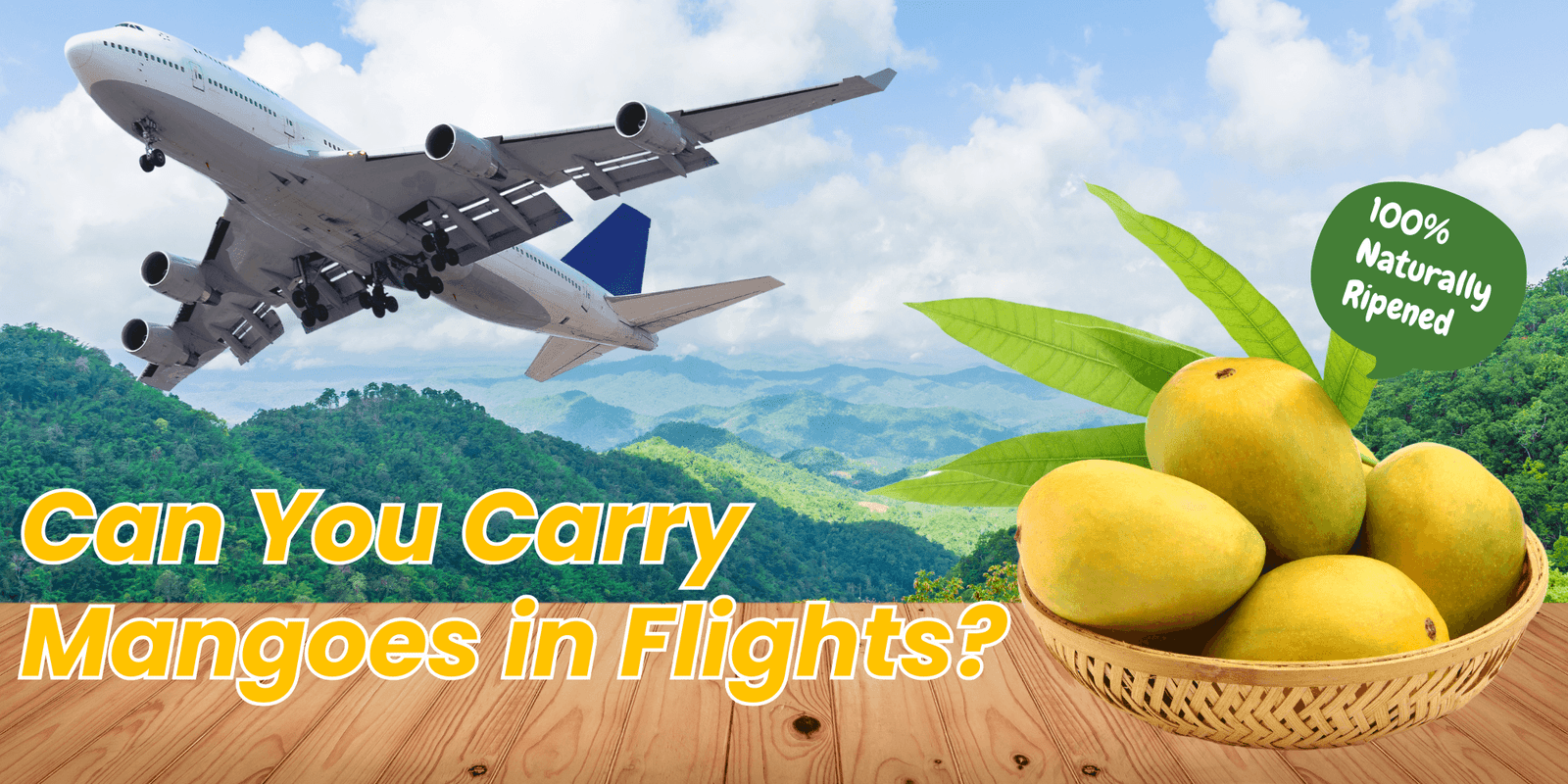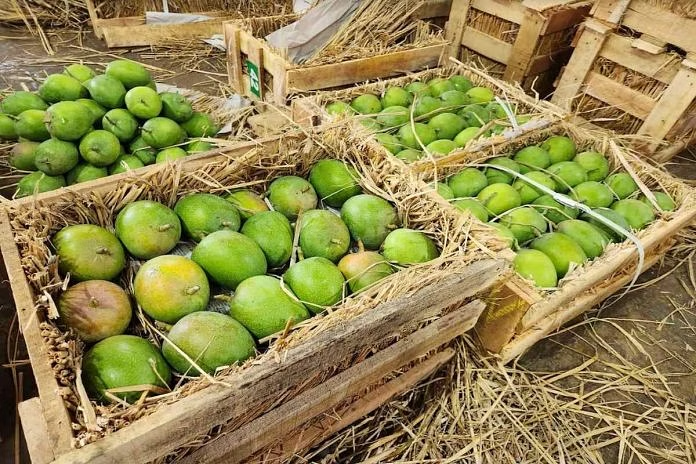
Alphonso mangoes are grown in various parts of India, but Ratnagiri and Sindhudurg districts in Maharashtra produce the finest quality and Ratnagiri and Sindhudurg Alphonso mangoes are GI-certified. The difference lies in taste, texture, aroma, season time, and price. If you’re wondering why Ratnagiri and Sindhudurg Alphonso mangoes are considered superior, this guide will help you understand the key differences in 2025.
1. Geographical & Climatic Advantage 🌍
Ratnagiri and Sindhudurg districts in Maharashtra have laterite-rich soil, which is well-drained and slightly acidic—ideal for Alphonso mango cultivation. The coastal climate provides high humidity, moderate rainfall, and ample sunlight, which help in the natural ripening of mangoes and enhance their distinct aroma and taste.
- These conditions enhance natural sweetness, aroma, and smooth texture.
- Other regions, such as Karnataka, Gujarat, Andhra Pradesh, and Tamil Nadu, grow Alphonso mangoes, but due to different soil and climate, the taste and aroma vary significantly.
2. Season Time in 2025 📅
The harvesting season for Alphonso mangoes varies by region due to climate differences.
| Region | Season Duration |
|---|---|
| Ratnagiri & Sindhudurg | Mid-March to June |
| Karnataka | February to May |
| Gujarat | April to June |
| Andhra Pradesh | March to May |
| Tamil Nadu | February to April |
✔ Ratnagiri and Sindhudurg mangoes have a longer season, allowing better ripening and superior taste.
❌ In other regions, mangoes ripen earlier due to higher temperatures, affecting their natural sweetness and shelf life.
3. Taste & Texture Difference 🥭
✔ Ratnagiri & Sindhudurg Alphonso:
- Naturally sweet with a slight tangy hint, giving a rich and balanced flavor.
- Buttery texture, free from fiber, and melts in the mouth.
- Strong, fragrant aroma that fills the room when ripe.
❌ Other Regions (Karnataka, Gujarat, Tamil Nadu, Andhra Pradesh):
- Often mildly sweet or sometimes excessively sweet without the tangy balance.
- Slightly fibrous texture, making it less smooth.
- Weaker aroma, sometimes missing the strong, fruity fragrance of real Alphonso.
4. GI Tag Certification ✅
✔ Ratnagiri and Sindhudurg Alphonso mangoes are GI-certified, meaning they meet strict quality standards and are considered authentic.
❌ Mangoes from other states do not have this certification, meaning they may not meet the same taste and quality standards.
5. Price Difference in 2025 💰
Due to their superior quality, limited availability, and high demand, Ratnagiri and Sindhudurg Alphonso mangoes are more expensive than those grown in other regions.
| Region | Price per Dozen (approx.) |
|---|---|
| Ratnagiri/Sindhudurg | ₹1200 – ₹3000 |
| Karnataka | ₹800 – ₹1500 |
| Gujarat | ₹600 – ₹1200 |
| Andhra Pradesh | ₹500 – ₹1000 |
| Tamil Nadu | ₹400 – ₹900 |
- Ratnagiri and Sindhudurg mangoes cost more because of their premium quality, GI certification, and careful cultivation process.
- Other regions sell Alphonso mangoes at lower prices due to differences in taste, quality, and farming methods.
6. Natural Ripening vs. Artificial Ripening ⚠
✔ Ratnagiri & Sindhudurg Alphonso mangoes are ripened naturally using traditional haystack methods, which maintain their natural sweetness and texture.
❌ Some other regions use artificial ripening agents like carbide and ethylene, which can affect taste and pose health risks.
7. How Ratnagiri Hapus Store Brings the Best Alphonso to You in 2025 🚚
To ensure customers receive authentic, naturally ripened Alphonso mangoes, Ratnagiri Hapus Store sources directly from farmers in Ratnagiri and Sindhudurg.
- We support local farmers by ensuring they receive the right price for their produce.
- Our strict quality control process guarantees that only the finest mangoes reach customers.
- With trusted logistics partners, we deliver fresh mangoes to over 20,000+ customers across 8,000+ pincodes in India.
🥭 Order Authentic Alphonso Mangoes Online in 2025: www.ratnagirihapus.store
Would you like to learn more about how to store Alphonso mangoes for longer freshness? 😊

